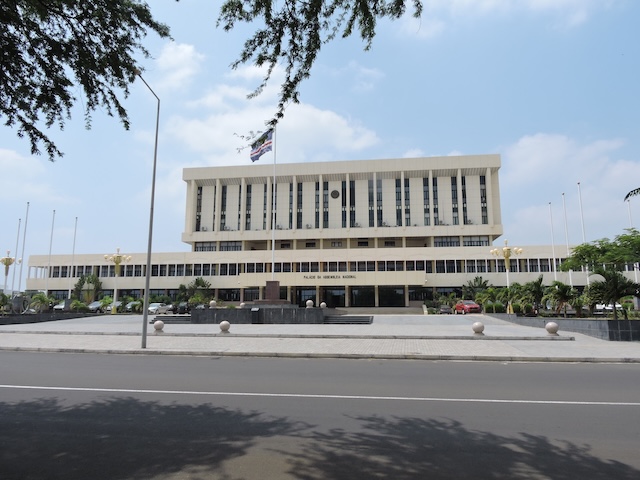On 24 February 2022 the OECD published a working paper entitled Building an Investment Tax Incentives Database.
Countries use tax incentives to attract investment, but if tax incentives are poorly designed, they may be of limited effectiveness. A broad tax incentive could give windfall gains to projects that would have taken place even in the absence of the incentive. An incentive should aim to influence the behaviour of investors, encouraging them to make an investment that would not have been made in the absence of the incentive.
Developing countries must therefore find a balance between creating a favourable tax regime for promoting domestic and foreign investment and collecting the tax revenues required to fund development and achieve the sustainable development goals (SDGs).
The idea behind the database is that detailed mapping of incentives is of great importance in achieving the successful design of investment tax incentives. The OECD Investment Tax Incentives database aims to systematically compile quantitative and qualitative information on investment tax incentives in developing countries and how they are designed and targeted. For more accurate comparison a consistent data collection methodology is used across all the countries surveyed.
The database covers corporate tax incentives at the national level. Three important features of tax incentives are included in the database – design features specific to the particular instrument; eligibility criteria; and governance features. The database shows that full tax exemptions are currently the most widely used instrument for granting investment incentives. Around two-thirds of the countries in the database have introduced at least one incentive fully exempting the income of investors from corporate income tax over a specified period. Around 25% of the countries surveyed give at least one permanent tax exemption for the income earned from specified sub-sectors and locations, or for income from specific sources such as exports.
Temporary tax exemptions are the most widely used instrument, both in the Special Economic Zones (SEZs) and outside them. Temporary exemptions generally apply for a longer period in SEZs (around ten years on average), as opposed to outside the SEZs (around six years).
Full tax exemptions are common in SEZs, but outside the SEZs various different instruments, such as tax allowances and reduced rates, are used as well as exemptions. Tax allowances often target specific types of capital investments or activities that can be associated with countries’ sustainable development objectives, such as skills development and the transition to a low carbon economy.
Eligibility conditions for investment tax incentives may take into account the business sector; the geographic location; the type of investor or project; or a sustainable development objective such as exports and employment creation. Investment tax incentives sometimes use eligibility conditions and design features that can generate positive spillovers in relation to exports, employment, productivity and other SDG objectives.
Often several authorities, including SEZ authorities, may be involved in managing investment tax incentives, and this can result in more limited transparency and accountability compared to consolidation of the incentives under one authority. Incentives may also be spread across different laws, creating potential inconsistency.
Scope for further analysis
The report notes that a dedicated case study could further analyse the differential tax treatment of investors within and outside SEZs and its contribution to investment or to sustainable development.
Research could also examine tax and tax incentive competition and identify opportunities for regional cooperation. Additional research could investigate the effect of tax incentives on investment in specific sectoral














